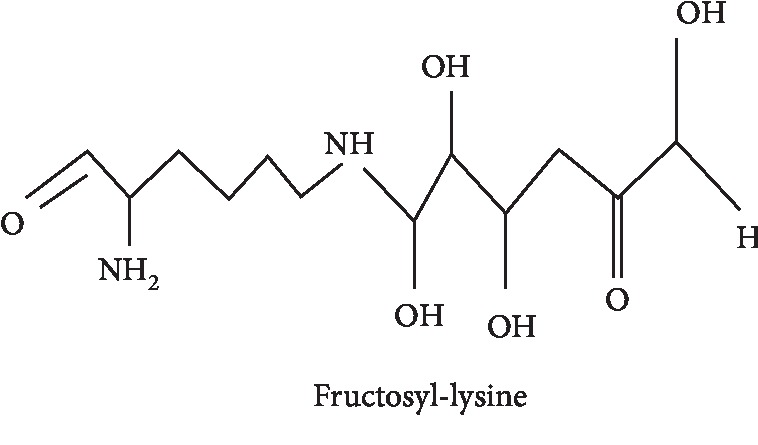The advanced glycation finish merchandise (AGEs) are natural molecules fashioned in any dwelling organisms with an important number of structural and purposeful properties. They are thought of natural markers of the glycation course of.
Due to their nice heterogeneity, there isn’t a particular check for his or her operational measurement. In this assessment, we’ve up to date the commonest chromatographic, colorimetric, spectroscopic, mass spectrometric, and serological strategies, usually used for the dedication of AGEs in organic samples.
We have described their signaling and sign transduction mechanisms and cell epigenetic results. Although mass spectrometric evaluation just isn’t widespread within the detection of AGEs on the medical stage, this method is very promising for the early analysis and therapeutics of ailments attributable to AGEs.
Protocols can be found for high-resolution mass spectrometry of glycated proteins though they’re characterised by complicated machine administration. Simpler procedures can be found though a lot much less exact than mass spectrometry.
Among them, immunochemical exams are quite common since they’re able to detect AGEs in a easy and fast approach. In these years, new methodologies have been developed utilizing an in vivo novel and noninvasive spectroscopic strategies.
These strategies are based mostly on the measurement of autofluorescence of AGEs. Another methodology consists of detecting AGEs within the human pores and skin to detect continual publicity, with out the inconvenience of invasive strategies.
The purpose of this assessment is to check the totally different approaches of measuring AGEs at a medical perspective as a consequence of their strict affiliation with oxidative stress and irritation.

Effect of feeding fermented combination of cassava pulp and Moringa oleifera leaf meal on immune responses, antioxidative standing, biochemistry indices, and intestinal ecology of broilers.
AimThe research investigated the impact of feeding fermented combination of cassava pulp and Moringa oleifera leaf meal (FCPMO) on the immune responses, antioxidative standing, biochemical parameters, and intestinal ecology of broiler chickens.
Four hundred Lohmann broiler chickens have been distributed to 4 teams of diets together with CONT (corn-soybean-based feed with no additive), BACI (corn-soybean-based weight loss program supplemented with 0.1% zinc bacitracin), FERM (weight loss program containing 20% FCPMO), and FERB (weight loss program containing 20% FCPMO and added with 0.1% Bacillus subtilis).
At days 4, 14, and 19, the chicks have been vaccinated utilizing industrial Newcastle disease-infectious bursal illness (ND-IBD), IBD, and ND vaccines, respectively. At day 35, blood was sampled and digesta was obtained from the ileum and caecum. Furthermore, the duodenal section was obtained.
The BACI, FERM, and FERB teams had larger (p<0.05) serum superoxide dismutase exercise than management. The malondialdehyde was decrease (p=0.07) in BACI, FERM, and FERB than that in CONT. The BACI and FERM had decrease (p<0.05) leukocytes and lymphocytes than CONT.
The hemoglobin, erythrocytes, and hematocrit have been decrease (p<0.05) in BACI and FERM than these in CONT and FERB. Serum complete triglyceride was decrease (p<0.05) in FERM and FERB than that in CONT. The FERM and FERB had larger (p<0.05) albumin ranges.
Serum globulin stage was decrease (p<0.05) in FERB than that in BACI, however didn’t differ from that in CONT and FERM. The numbers of coliform, lactose-negative-enterobacteria and enterobacteria have been decrease (p<0.05) in FERB than that in different remedy teams.
Crypt depth (CD) was larger (p<0.05) in FERM, whereas the villi top to CD ratio was decrease (p<0.05) in FERM than that in CONT and FERB.
The therapies confirmed no impact (p>0.05) on cecal unstable fatty acids manufacturing.Feeding FCPMO improved immune responses, antioxidative standing, and physiological circumstances, however had much less impact on the intestinal ecology of broilers.
